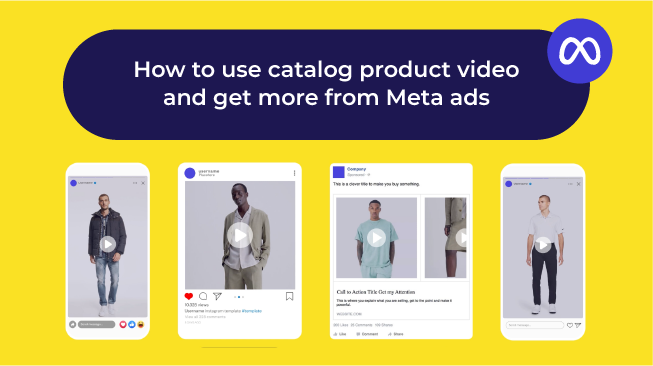Your product-level performance data is in silos. It’s scattered across multiple departments, multiple channels, multiple stakeholders. And because of this, it’s nearly impossible for you to use your product-level data to influence performance.
Retailer data in silos
Your CRM and your customer data are in the same place, yet product-level performance data is strewn about like that load of laundry you said you were going to do. You already have a lot of the pieces, but the puzzle hasn’t been put together yet:
- Your category managers/merchandising teams have the category / brand / product data about margins, return rates, cost of goods sold, and stock levels
- Your marketing team knows the spend of each campaign / ad set / ad, the number of impressions the campaigns got, and the return on ad spend
- Your ad spend, number of impressions, CTR and other marketing performance metrics for each product is kept gated in platforms like Google Analytics, Meta, and Google Ads.
By aligning your departments around the same source, where all of your data is accessible. Your marketers would know which products are a priority for the category managers (e.g., at risk of becoming deadstock) and could focus there.
They could find areas where the algorithms aren’t performing optimally. They could use product-level performance data from Google to inform Meta campaigns, and vice versa.
Your category managers would know the precise visibility and marketing performance of each product they’re purchasing, as well as the promotion cost to actually sell the product.
With this set-up, your management team could align their KPI around overall profitability, keep inter-departmental cooperation running smoothly, and find new opportunities for growth more easily than ever before.
Why do I need product performance data? No product performance data = no visibility
You don’t need product-level performance data to run your campaigns. You also don’t need to change the oil in your car, or wear shoes to run a marathon, but your performance will suffer if you don’t.
With platforms like Meta and Google constantly improving their dynamic offerings and algorithms, marketers can usually see a performance boost just from pouring budget into one of those algorithmic black boxes.
Unfortunately, the black box doesn’t provide any visibility into how each product is actually performing, and it doesn’t provide any visibility into how many impressions are going to each product. Which is why many marketers don’t realise that 80% of their impressions may be going to just 5% of their catalogue.
The percentage of total ad spend going toward dynamic promotion over static has been increasing year-over-year since 2015. It’s likely that 50% of your total budget is used on dynamic ads right now.
So if 80% of that is going to just 5% of your catalogue (and you don’t even know which 5%), that’s a problem.
What’s the answer?
Using an API
“But Sam” you say, “I can find the performance of individual products from the APIs of Google Analytics, Google Ads, Meta, and other platforms, and I can stitch it together using my engineering resources. I don’t need your answer.”
First off, wow. Second, you might not even have enough API calls to download all the products you need, as Meta only allows for 200 API calls an hour.
Third, in order to build something like this you need to ensure your team has the following skill-sets:
- Understand what data exists and why you need it (advanced marketing know-how)
- Know how to retrieve the data, process it, and save it reliably (data engineering)
- Know how to transform and visualise the data (data modeling)
Finally and most importantly, building the model is only part of the task; you’ll also need to maintain it, as FB and Google APIs change on a regular basis. You’ll also need to perform numerous experiments to find the right use cases to make the data actionable for your campaigns.
Using Google’s ‘Enhanced Ecommerce’
You could also use Google’s Enhanced Ecommerce reports to see the performance of your products per Google Analytics. After finding the product IDs you want to prioritise, you can export them and import the data to other platforms like Meta, then try to associate the ad spend to each product
Just make sure you have a team of data scientists with the time to analyse, pull, and import elsewhere at least a couple times a day.
Using a Product Performance Management platform
Finally, a Product Performance Management (PPM) platform is a fast, user-friendly solution. The ROI Hunter PPM platform gathers product-level performance data from across your channels, integrating it within ROI Hunter.
ROI Hunter has 10,000+ users, an annual ad spend of over $500,000,000 USD, and is an official Meta and Google Partner with engineering support. We are able to support however many API calls you need, and can offer a data model that improves daily with feedback from hundreds of enterprise retailers.
Through our work with hundreds of retailers, we discovered that fully utilising product-level performance data does more than just increase marketing performance. The companies we worked with also experienced better and more efficient collaboration, sparking new ideas for growing the business.
Sound interesting? Check out how you can start building more effective dynamic ads on Meta.


.png)
